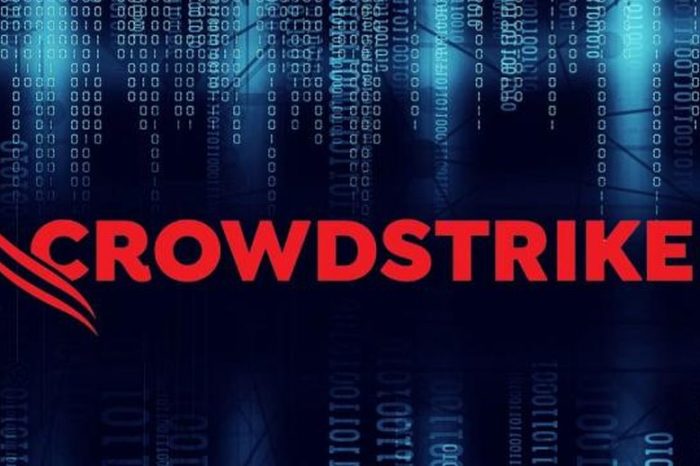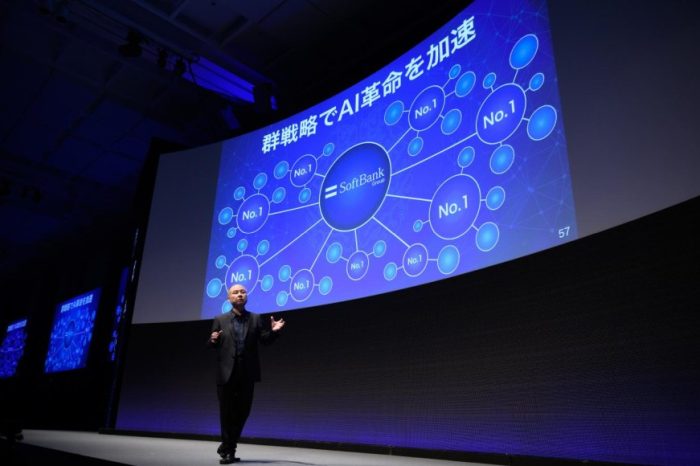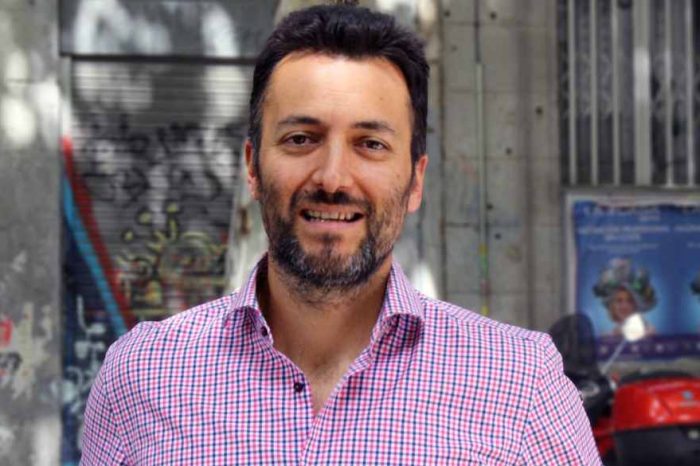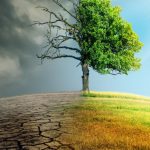Foundation for Climate Restoration launches solution series to explore carbon dioxide removal methods for restoration of climate
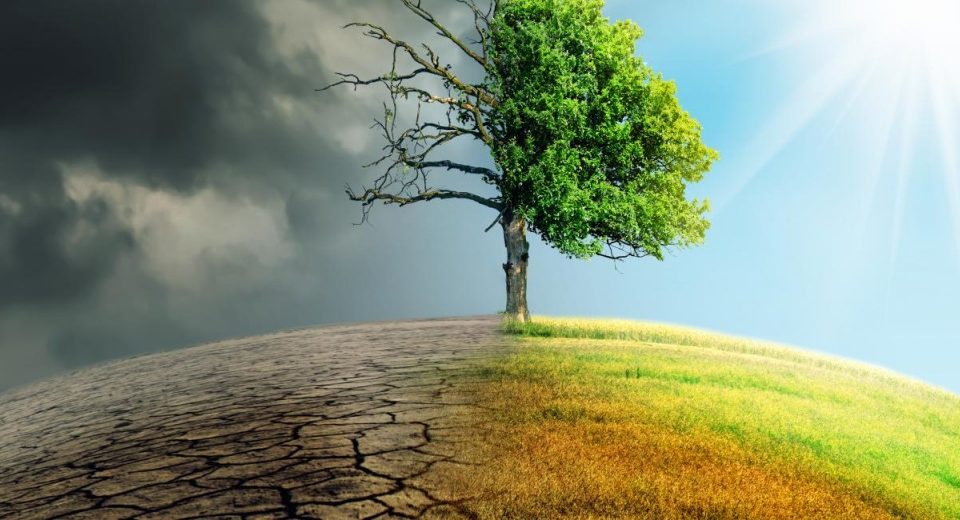
The impacts of climate change are global in scope, unprecedented in scale, and can no longer be denied. We can see the impacts of climate change all around us. Some of the major impacts include increased heat, drought, insect outbreaks, and increased wildfires.
As we reported last week, climate change is a significant factor contributing to the decline in pollinator populations. Each year, more than 30 percent of honeybee colonies disappear primarily due to climate change. The catastrophic effect of climate change has led companies and governments around the world to develop technologies and new initiatives to reverse the trend.
Companies like Tesla, even the oil giants like Chevron and French Total Energies are now investing billions of dollars in carbon capture and utilization technologies to reduce CO2 emissions and combat climate change. Tech companies are not alone in fighting climate change. In February, we told you about The Foundation for Climate Restoration (F4CR), a nonprofit organization whose mission is to catalyze action to restore the climate by 2050.
A month ago, Foundation for Climate Restoration released a white paper on how to restore the climate by 2050. Titled, “Climate Restoration: Achieving and Safe and Healthy Climate by 2050,” the paper explores how we can remove excess carbon from the atmosphere to restore the climate for future generations.
Today, The Foundation for Climate Restoration launched its Solution Series to educate, inspire, and ignite advocacy for the implementation of carbon dioxide removal (CDR) solutions that can restore our climate. The Solution Series will highlight a range of CDR processes that can be employed to permanently remove legacy carbon at the gigaton scale required.
The potential of each solution will be explored using a climate restoration lens and through a range of formats, including white papers, blog posts, explainer videos, expert panels, and more. The schedule is as follows:
- March: Equity: The Fourth Principle of Climate Restoration
- April: Direct Air Capture
- May: Afforestation & Reforestation
- June: Regenerative Agriculture & Soil Carbon Sequestration
- July: Coastal Blue Carbon
- August: Deep Ocean CDR
- September: Biomass Carbon Removal and Storage
- October: Materials for Carbon Utilization
- November: Geologic Sequestration
“Climate restoration, which requires the removal of legacy emissions accumulated in our atmosphere, is the only way we can return to healthy, pre-industrial levels of carbon,” said Rick Wayman, CEO, F4CR. “Our hope with the Solution Series is that readers are inspired to advocate for restorative approaches that can meaningfully contribute to the restoration of our climate by 2050.”
“We are all ‘stakeholders’ when it comes to restoring our climate, but some communities are disproportionately impacted by the climate crisis,” said Delaney Pues, Director of Solutions, Equity & Stewardship, F4CR. “The Solution Series is meant to educate people about the equitable deployment of CDR solutions so that those with the most leverage can push for its just implementation.”
You can also join the Solution Series newsletter here via the popup in the footer, and read the White Papers as they get published here.
Founded in 2017, The Foundation for Climate Restoration (F4CR) is a nonprofit whose mission is to catalyze action to restore the climate by 2050. It uses global dialogue and initiatives to unite the public, policy-makers, and technical and business experts behind the common goal of reversing global warming and restoring a healthy climate for future generations. The F4CR encourages and spotlights achievable solutions to permanently remove excess carbon dioxide from our atmosphere.
20220330_f4cr_solutions-series_whitepaper_equity 20220401d_f4cr_solutions-series_whitepaper_DACindd
